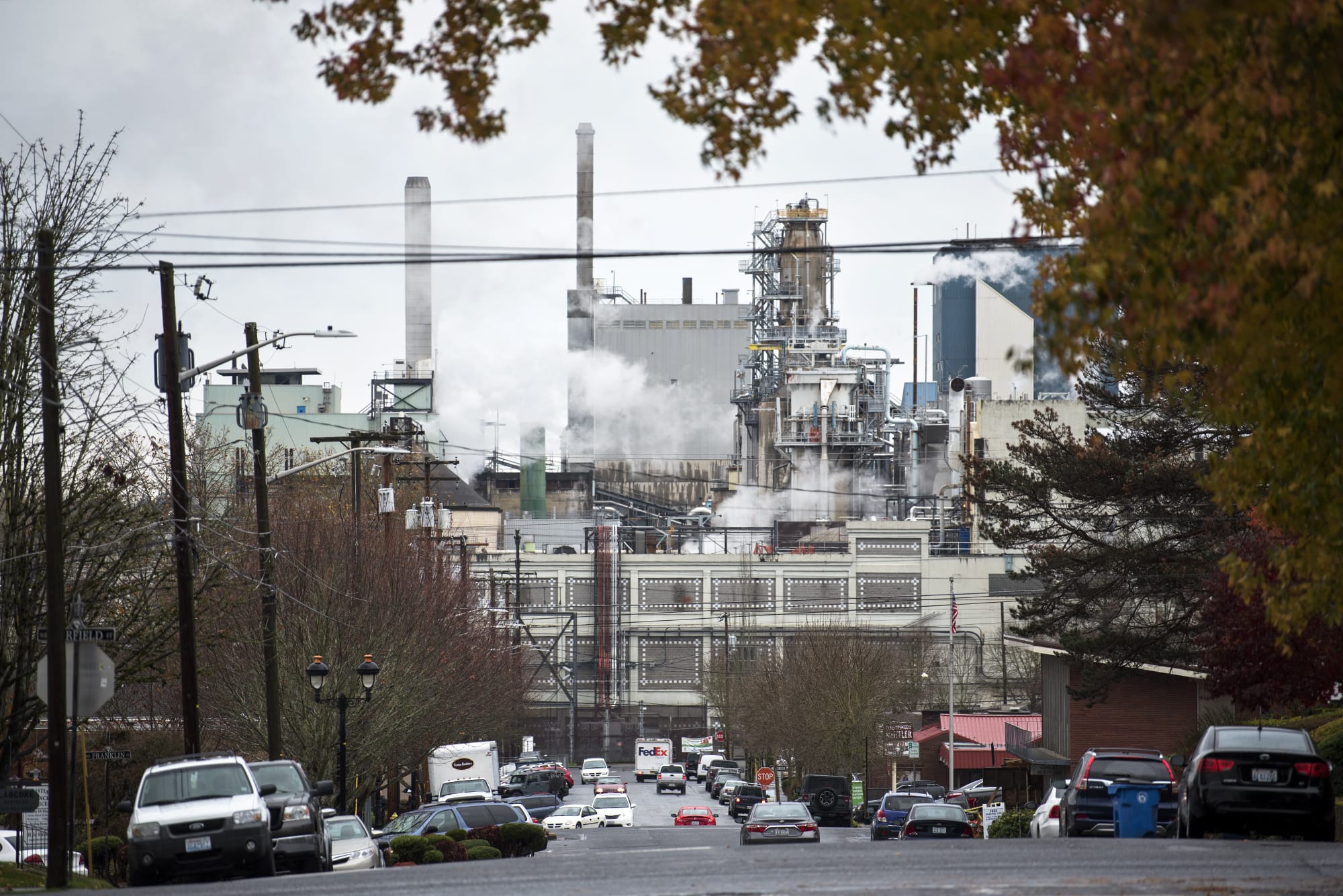Camas mill timeline
• 1883: Henry Pittock’s LaCamas Colony Co. bought 2,600 acres to build a paper mill to supply newsprint for The Oregonian.
• 1884: The Columbia River Paper Company was formed.
• 1885: The mill began producing wood pulp.
• 1905: Columbia River Paper merged with Crown Paper Co. of Oregon City, Ore., to form the Crown Columbia Paper Co.
• 1911: The mill’s 450 employees earned $300,000 in wages.
• 1913: The mill converted from steam to electric power.
• 1914: Crown Columbia merged with Willamette Paper to form Crown Willamette Paper Co.
• 1928: Crown Willamette merged with Zellerbach Paper to form Crown Zellerbach Corp., the largest paper company on the West Coast.
• 1930: The mill stopped making newsprint and began producing specialty paper; the mill began producing Zee bath tissue.
• 1941: To support the war effort, machine shops were converted to manufacture shipyard parts.
• 1950: Facial folded napkins were made for the first time.
• 1971: Crown Zellerbach was the county’s biggest manufacturing employer with 2,643 workers.
• 1984: A three-year, $425 million mill modernization included a new machine to make communication papers for copiers and printing.
• 1986: Crown Zellerbach’s mills were sold to James River Corp.
• 1993: The mill installed and started up a facility dedicated to communication papers.
• 1995: After 10 years of job attrition, the mill employed about 1,600.
• 1997: James River Corp. merged with Fort Howard Corp. to form Fort James Corp.
• 2000: Current mill owner Georgia-Pacific acquired Fort James.
• 2005: Georgia-Pacific became a wholly owned subsidiary of Koch Industries.
• 2017: The Georgia-Pacific mill had Clark County’s biggest property tax bill, $1.77 million.
• 2018: The mill’s communications paper machine, fine paper converting assets, pulping operations and related equipment slated to shut down.




